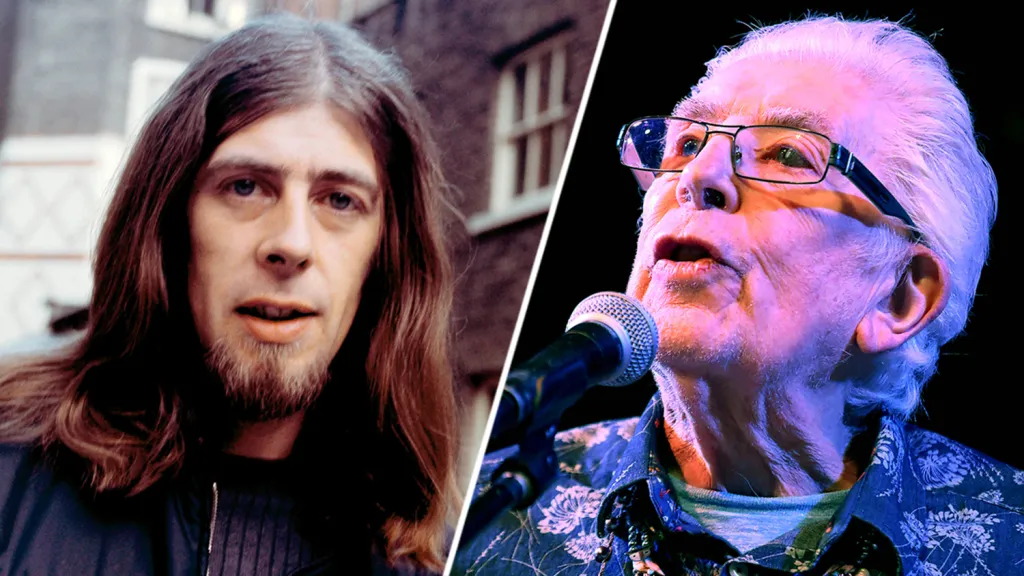John Mayall: Overview and Impact as a Music Artist
John Mayall, often referred to as the “Godfather of British Blues,” is a legendary English blues singer, songwriter, and multi-instrumentalist whose career has spanned over six decades. Born on November 29, 1933, in Macclesfield, England, Mayall played a pivotal role in the development of British blues in the 1960s, primarily through his band, John Mayall & the Bluesbreakers. The Bluesbreakers became a launching pad for some of the most influential musicians in rock history, including Eric Clapton, Peter Green, and Mick Taylor. Mayall’s dedication to blues music and his influence on the genre have left a lasting legacy on both British and American music.
Key Phases in John Mayall’s Career
- Formation of the Bluesbreakers and Early Success (1960s): Mayall formed the Bluesbreakers in 1963, initially focusing on American blues covers before evolving into a platform for original compositions. His 1966 album, Blues Breakers with Eric Clapton, also known as the “Beano Album,” became one of the most significant records in British blues, showcasing Clapton’s now-iconic guitar work. This album introduced British audiences to a more intense, electric blues sound and is widely regarded as a landmark in blues-rock history.
- The Green, Fleetwood Mac, and Taylor Eras (1960s-1970s): After Clapton’s departure, guitarist Peter Green joined the Bluesbreakers, recording A Hard Road (1967), which furthered the band’s reputation. Green later left to form Fleetwood Mac, another influential blues-rock group. Guitarist Mick Taylor also joined, contributing to albums like Crusade (1967). Taylor’s work with Mayall eventually led him to join The Rolling Stones. Through these periods, the Bluesbreakers became known as a “finishing school” for future rock legends.
- Transition and Experimentation (1970s-1980s): In the early 1970s, Mayall dissolved the Bluesbreakers and moved to Los Angeles, where he explored jazz, funk, and rock influences in albums such as The Turning Point (1969) and USA Union (1970). This era saw Mayall’s work incorporate a wider range of sounds, shifting away from the traditional blues structure and pushing the boundaries of blues fusion. Although not as commercially successful, these albums were critically respected and showed his versatility and willingness to innovate.
- Return to the Blues and Legacy (1980s-Present): Mayall re-formed the Bluesbreakers in the 1980s, continuing to tour and record albums that returned to his blues roots, such as Blues Breakers Reunion (1982). He continued collaborating with top blues and rock musicians, recording prolific albums throughout the 2000s and 2010s. In 2005, Mayall received an Order of the British Empire (OBE) for his services to music. He announced his retirement from touring in 2021, leaving a lasting legacy on the blues and rock music scenes.
Musical Style and Themes
Mayall’s style blends traditional American blues with elements of jazz, funk, and rock. His music is known for its soulful authenticity, characterized by deep, expressive lyrics and high-caliber musicianship. As a multi-instrumentalist, Mayall performs on keyboards, guitar, and harmonica, often giving his albums a raw, intimate feel. His songwriting reflects themes of love, hardship, and social observation, while his commitment to the essence of the blues makes his work universally resonant.
Legacy and Influence
- Cultivating Future Rock Legends: John Mayall & the Bluesbreakers became an incubator for future rock stars. Eric Clapton’s career took off after his time with Mayall, and Peter Green and Mick Taylor went on to join Fleetwood Mac and The Rolling Stones, respectively. This ability to recognize and nurture talent helped Mayall’s band shape the sound of British blues and rock.
- Pioneering the British Blues Boom: Along with Alexis Korner and Cyril Davies, Mayall is credited with igniting the British blues explosion. His work inspired a wave of bands in the 1960s, such as The Rolling Stones, Cream, and Led Zeppelin, to incorporate blues into their rock sound. This movement was instrumental in bringing blues to mainstream British and American audiences, significantly broadening the genre’s reach.
- Blending Genres and Experimentation: Mayall’s career is notable for his willingness to blend genres, as seen in albums like The Turning Point, which incorporated jazz and acoustic influences. His willingness to experiment expanded the potential of blues music, influencing artists to incorporate diverse elements into the genre and proving that blues could evolve without losing its core essence.
- Lasting Influence on Blues and Rock Musicians: Mayall’s influence can be seen in musicians across genres, from blues to rock and beyond. He was instrumental in popularizing blues music in the UK and making it accessible to rock audiences. His legacy lives on through the musicians he inspired, including Clapton, Fleetwood Mac, and many others who continue to celebrate and build upon the blues tradition.
Conclusion
John Mayall’s legacy as a pioneer of British blues and a champion of musical innovation has secured his place in rock and blues history. His dedication to the genre, coupled with his knack for discovering talent and pushing the boundaries of blues, has left an indelible mark on music. As a musician, bandleader, and mentor, Mayall has profoundly influenced the evolution of blues and rock, bridging the gap between American blues traditions and British rock sensibilities.
John Mayall – YouTube Topic Channel:
https://www.youtube.com/channel/UC8M9tfY1Dd_WdtO0oAZT0Cg
References:
- Mayall, J. (1966). Blues Breakers with Eric Clapton. Decca Records.
- Mayall, J. (1969). The Turning Point. Polydor Records.
- “John Mayall: The Godfather of British Blues.” BBC Music, 2015.
- O’Connor, R. (2005). “John Mayall: The Blues and Beyond.” Rolling Stone.
- “John Mayall.” Rock and Roll Hall of Fame, artist profile and contributions.


Leave a Reply